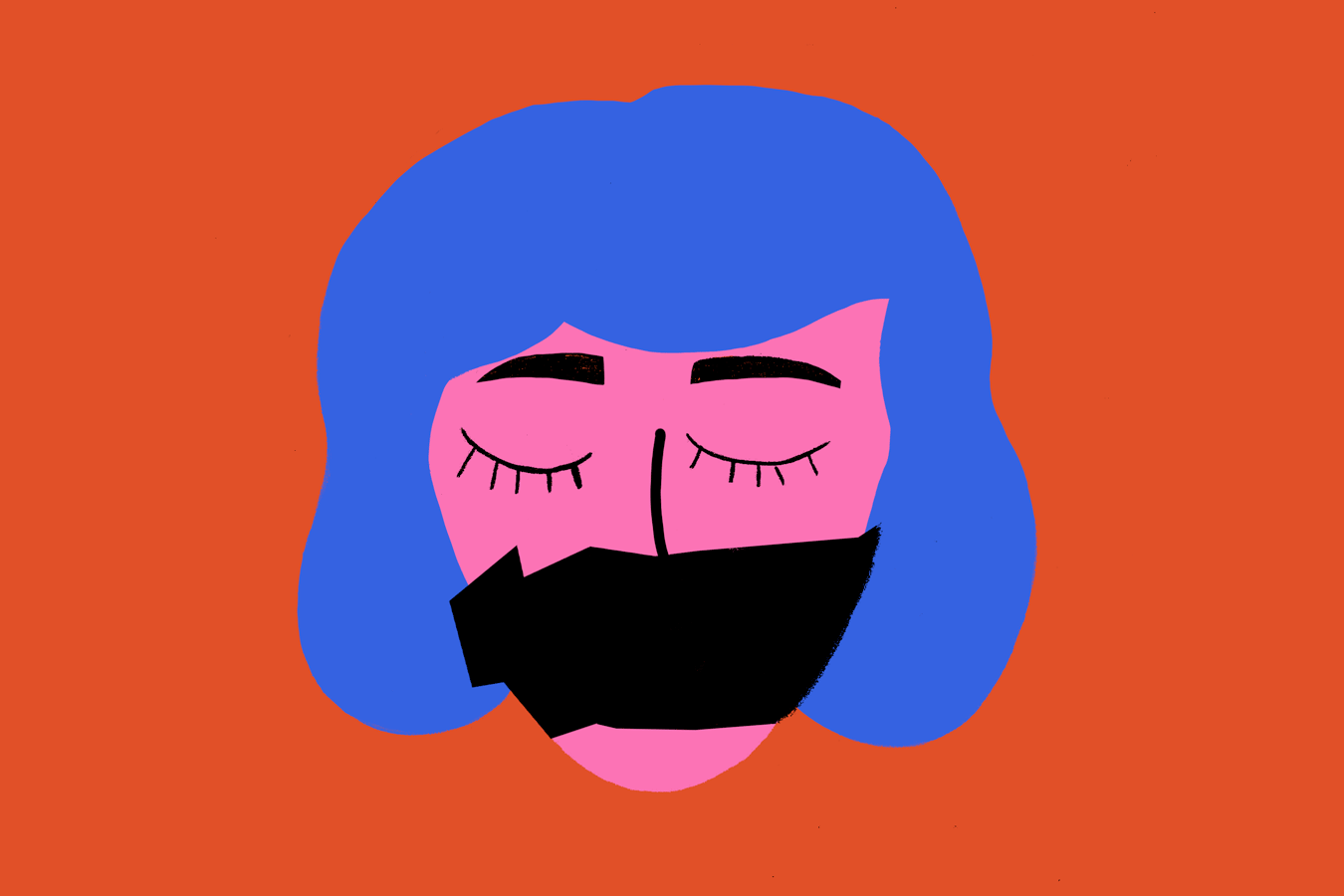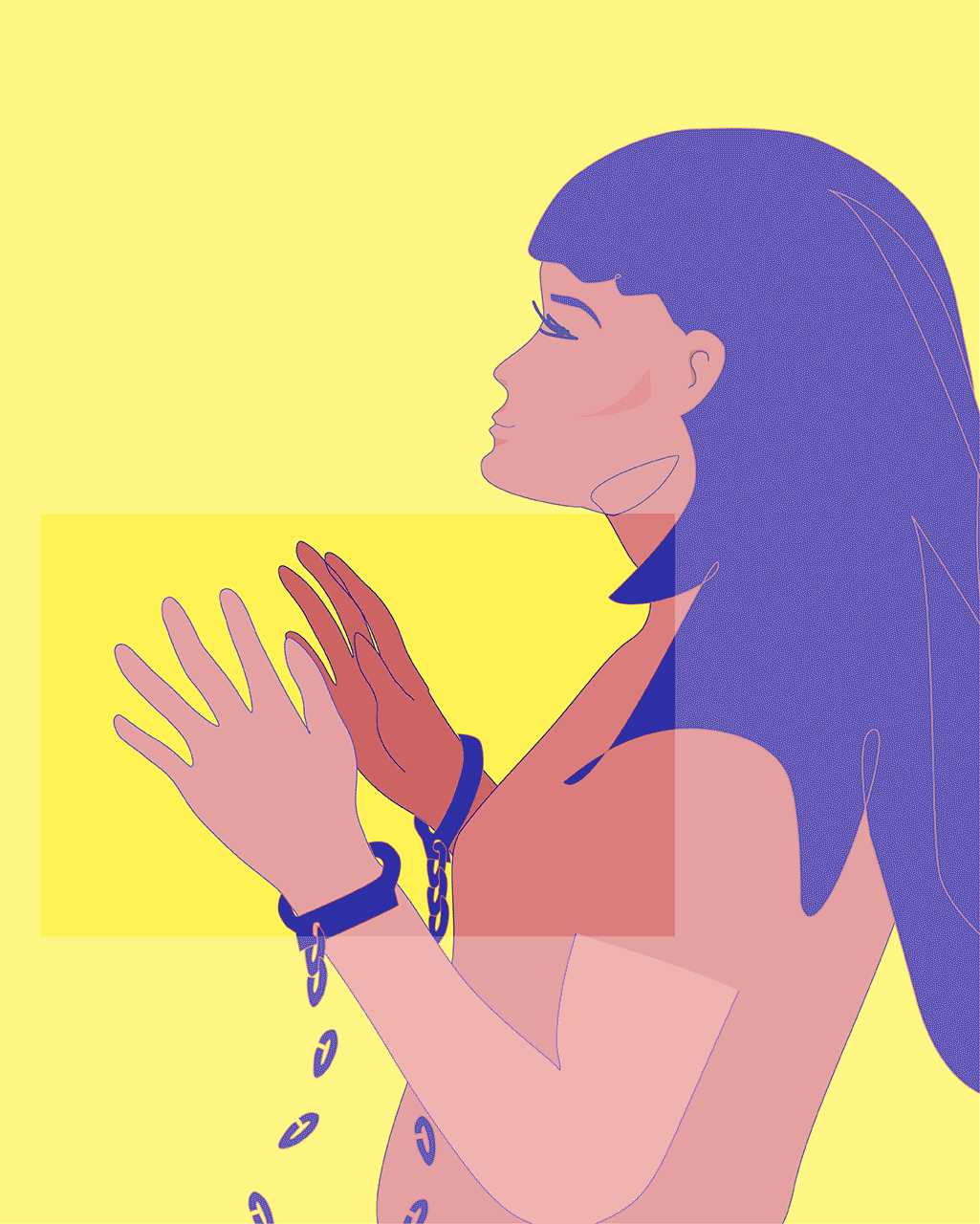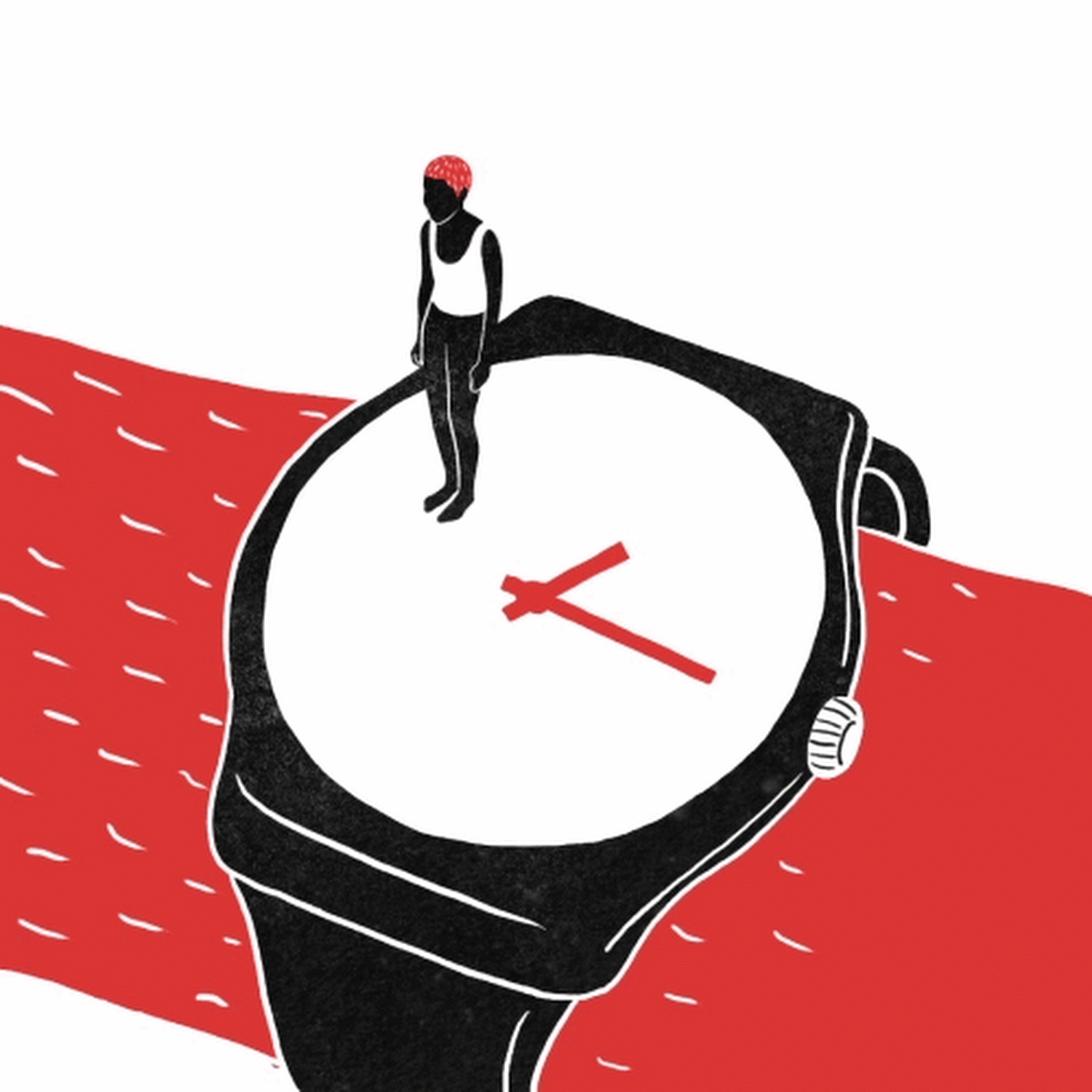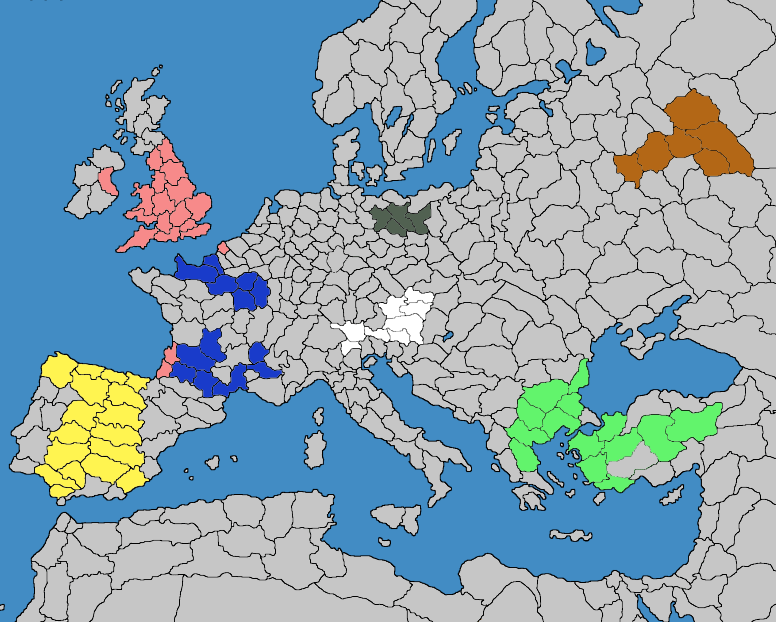

This project was developed as the final exam of the course Open Access and Digital Ethics within the master course degree Digital Humanities and Digital Knowledge, of the University of Bologna, held by professor Monica Palmirani.The aim of the project was to develop effective visualizations starting from an hypothesis of re-use of datasets free from cognitive biases, fair, legal valid, consistent, accurate.
In order to choose our scenario, we decided to select the type of data to publish according to the G8 Open Data Charter and European Commission guidelines (Open Data Goldbook for Data Managers and Data Holders by the European Data Portal). Indeed, some categories of data are more relevant than others and have higher potential values: companies, crime and justice, earth observation, education, energy and environment, finance and contracts, geospatial, global development, government accountability and democracy, health, science and research, statistics, social mobility and welfare, transport and infrastructures. For this reason we chose a scenario at the crossroads of different categories: human trafficking and its supposedly related factors, such as the well-being of a country. The main category of reference data is crime and justice, but secondly some data belongs to the categories of education, development and government.
This project scenario could be explained more clearly through the 5 W:
Human trafficking and supposedly related factors. We tried to investigate data, through data analysis and visualization, to try to understand if there were any patterns, trends, in the evolution of this crime over the years and especially in the individual states. Given the delicacy but also the complexity of the topic, we immediately asked ourselves whether human trafficking was linked to the well-being of a state, defined on the basis of criteria of economic development, individual happiness, gross domestic product and so on. It is commonplace to think that the states with the highest poverty rate are the states with the highest crime rate, but is this really the case? If so, are there any states where this correlation is more evident? These are just some of the questions we asked ourselves.


The 2000s, most data are between 2007 and 2016. We decided to choose this time range for two main reasons: firstly, the greater quantity and quality of data at our disposal regarding human trafficking as a crime, but also the greater quantity and quality of secondary or complementary data. Secondly, we chose a time range large enough to allow us to have an overview of the trend of this crime, but not too broad to prevent us from grasping significant patterns on a small scale.
The states of the European Union. Most of the datasets we found contain data on all states of the world or most of them. We were more interested in investigating this phenomenon within an international organization such as the European Union. This is for several reasons: firstly, to try to understand if there are national differences (or, better, how many differences and how big, despite having adhered to the same declarations of struggle in favor of human rights, and adhering to the same economic policies. Secondly, because when we talk about human trafficking we first think of the poorest countries in the world, when various sources argue that it is a crime widely supported by the richest nations of the continents, including Europe.


Age, sex, country of origin. Our focus was more on victims than on traffickers. We believe that individual characteristics of these people, such as their citizenship or their sex, linked to the forms of exploitation they have suffered, can give us more interesting insights into what are the reasons for trafficking in human beings, what are its networks and why certain places are more privileged than others.
Forms of exploitation, as they could be considered as the scope of human traffickers. Trafficking in human beings is a crime linked to different forms of exploitation: forced labor, child labor, forced prostitution, illegal international adoptions and much more. Identifying the links between all these crimes can certainly help fight them more effectively.
